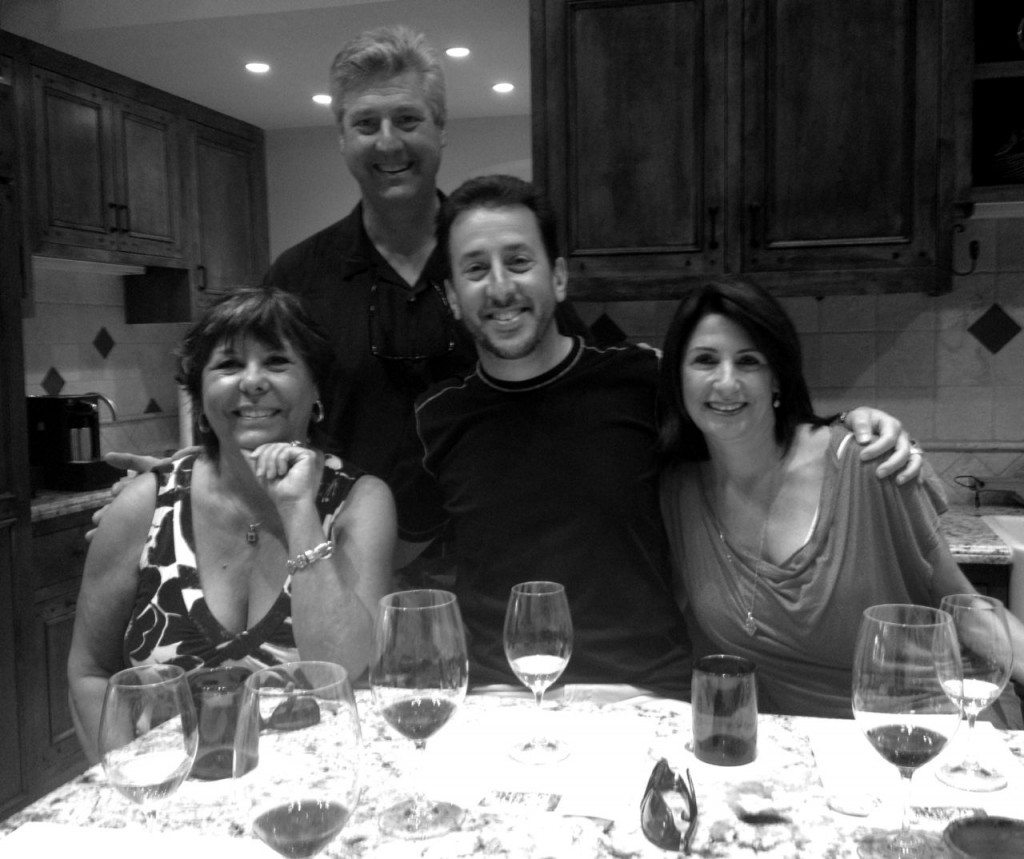Sniff…Sip…

While one of the most enjoyable aspects of visiting wine country is visiting the various wine estates and sampling their wares, it can also be one of the most intimidating experiences for the un-initiated. Being armed with knowledge coming in can be the best way to overcome any feelings of…whatever…
So here we go!
Tasting means tasting: Tasting rooms are licensed by the respective state ABCs (Alcohol Beverage Control Boards) to offer free tastes of wine. By law, a taste should not be more than 2 oz. In general, a tasting room is not licensed to sell or serve glasses of wine like a restaurant or wine bar. That said, getting to know your host can result in getting a bit more than a “taste”.
It’s okay to spit: Many wineries will provide a spit bucket. If you are going to taste a lot of wine, spitting is the best way to appreciate all wineries, especially those that are several hours away from your current destination. (Alcohol tends to dull the senses when consumed….but you know that….) Of course, if you are the DD, spitting is not only recommended but required.
When a tasting fee is not a tasting fee: Some wineries charge for tasting to recoup costs and to keep out the “let’s go party for free crowd” but you can still find some wine tasting rooms that don’t charge. Most wineries will offer a menu of available wines to taste that day and perhaps a reserve menu for an additional fee. And most, but not all wineries will refund the “tasting fee” with the purchase of a bottle. If you are unsure, ask upfront.
It’s okay to hang out and shop for candles: If you don’t want to taste wine, that’s okay. In fact, if you want to bring children into the tasting room, that’s okay too…Some rooms are more kid-friendly than others and will offer apple juice and crackers/cookies to the young fry….
Your host is there to teach, for the most part: Most people who work in tasting rooms are very very knowledgeable about wine, want to socialize but aren’t particularly adept at “sales”. Therefore, you can have a wonderful educational experience and walk out the door. Don’t feel that you have to buy anything. Wine tasting is about discovery; what you like is what you should buy.
There are three primary ways to evaluate a glass of wine. Why you are evaluating that wine may fall into one of two categories: I am looking for wine I like to drink or I am blind tasting this wine to determine what it is and where it was made. As most of you probably fall into the former, (finding wine to drink) I present the following steps for your evaluation pleasure. If you are interested in the latter, (“blind tasting bingo”) I would suggest you contact a professional association, such as the Court of Sommeliers for their evaluation technique.
So here is the best way to evaluate a wine:
Sight
- The color of a wine is the first clue to its quality. White wines should be varying shades ranging from white to yellow, red wines from deep red/purple to brown. For the most part white wines will fall between straw and yellow, and red wines will be purple, ruby or garnet. When evaluating the wine visually, look for clarity (clear or cloudy) color, concentration (low-high) and evidence of gas, (“spritz”) then swirl the glass to determine the viscosity. This is the famous exercise of finding the wines “legs.” Legs are the alcohol in the wine which falls more slowly and forms “legs” on the side of the glass. Rule of thumb, the more legs and the faster they move, the higher the alcohol content of the wine, the slower and less numerous legs indicate a lower alcohol content. Lower alcohol wines are generally more food friendly.
Sniff
- Swirl the glass gently to produce a fairly vigorous wave circulating in the liquid. The point of this is to activate the aromatic components in the wine so when the bouquet of the wine smelled can be fully appreciated. When you taste wine, you are only able to detect four distinct flavors, sweet, sour, salty and bitter. Your nose, however, can pick up over 200 different aromas.
- When sniffing, tilt the glass toward your face at a 45 degree angle, with your nose slightly below the rim of the glass, inhale gently for 3 or 4 seconds. The scents in a wine may change during the course of the sniff. Use one side of your nose and then the other. You will find that you have one nostril that is more “dominant” and picks out more of the different scents.
Sip
- Take a good mouthful of the wine in order to coat all surfaces of your mouth. Roll the wine around in your mouth. The tongue has sensors in different areas that detect sweetness, saltiness, acidity and bitterness.
- To maximize the flavor of the wine, take in air while it’s in your mouth. With your head in a normal position, draw in some breath- using gentle suction with the lips pursed. It’s only necessary to allow the tiniest opening – less than the width of a pencil – and to suck in immediately. Close your lips and breathe downwards through the nose.
Now…Swallow or Spit?
- After tasting, you can either swallow it, or do as the pros do, and spit it out. Either way, the taste of the wine will remain.

Leave a Reply